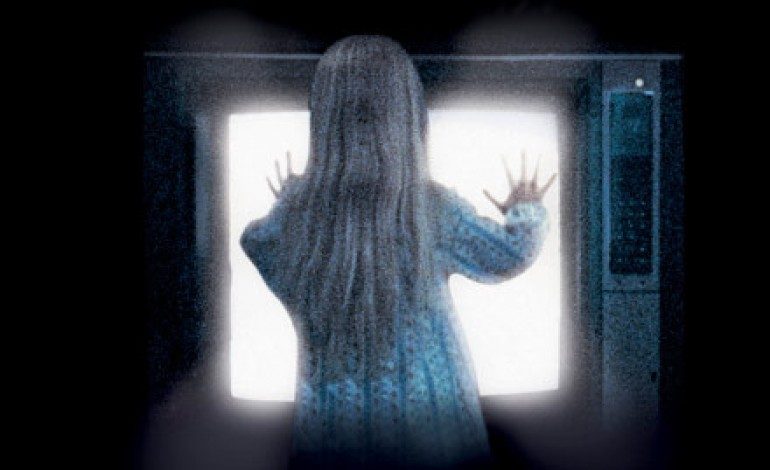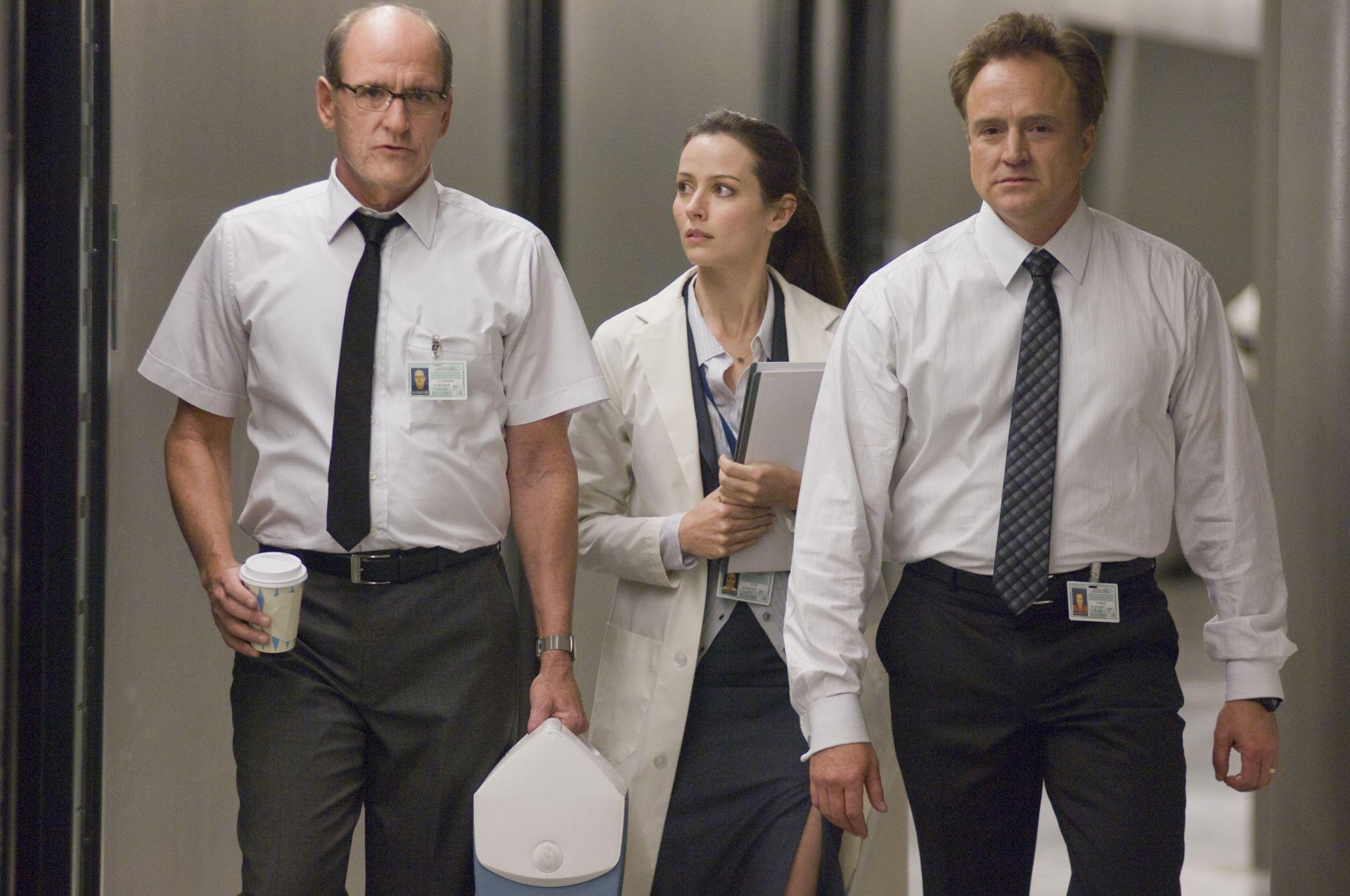

This week, Hollywood attempts yet another reboot of a horror movie with Poltergeist. Obviously whether this take on the 1982 Tobe Hooper/Steven Spielberg classic succeeds or fails remained to be seen, but the horror franchise reboot has had a long history of not working – critically or commercially. There are many possible “because”s to this why, but one overly common trend in is that the filmmakers seem to put the focus more on “franchise” than on “horror.”
The majority of horror reboots over the past few years – mostly from Michael Bay’s Platinum Dunes and Sam Raimi’s Ghost House production companies – have focused on bringing back to life (or rather, afterlife) the more popular slashers of the 1970’s and 1980’s. It makes sense. Not only do these movies have brand recognition, but they’re also among the first “original” horror movies. Other than rarities such as Alfred Hitchcock’s Psycho (1960), Michael Powell’s Peeping Tom (1960), and George Romero’s Night of the Living Dead (1968) for the most part, most older horror movies were re-imaginings. How many incarnations of Dracula did we get? Or versions of Edgar Allan Poe and his Gothic literature ilk?
But the slasher film was something completely different, even from its cousin, the thriller. Early examples such as Wes Craven’s The Last House on the Left (1972) and Tobe Hooper’s The Texas Chainsaw Massacre (1974) preyed upon a different type of fear than those earlier films about science running amok or the dangers of repressing our internal demons. The threat was from outside, generally from some gang of rural, cultish hitchhiker types who exist outside of society, and whose sole reason for being is committing violence against unsuspecting suburban folk. One might argue that this was a quintessentially American fear following the Manson Family murders, as opposed to the Victorian era inspirations of Frankenstein and his friends. As the genre progressed into the 1980s with films such as Friday the 13th, the “monster” changed to being more of a monster than monstrous human beings and the increase in nudity and gore both added to the vulnerability of the characters and the taboo quality of the subject. Which in turn contributed to the distinctive quality of a slasher movie.
Along with their plots and characters, these films also possessed a very important technical aspect that bolstered their effectiveness – they were gritty. These original slasher films succeeded because there was something very dark and uncomfortable about how they looked and felt. A movie like the original The Last House on the Left legitimately felt like a snuff film (save for the sequences with the police officers, which actually added to the hopelessness of the film). It made your skin crawl. The cheap quality of the film, the low budget, the poor editing, the bad actors, and the unprofessional sound quality all contributed positively to the film’s ambiance. The less it felt like a movie, the more horrific it was.
As time progressed, audiences became more self aware, but horror movies never grew up with them. Tropes – such as the killer in the basement/under the bed – persisted because they always existed, rather than the filmmakers understanding why they were utilized in the first place. Sure, deep in our hearts we’ve always known that there’s something lurking around the next corner, but we still want to be surprised when it happens. By the time the slasher films reached their end in the mid-’90s, even the stupidest viewer knew what to expect.
And perhaps no genre would suffer greater from this phenomenon than horror movies. If you’re making fun of an action movie, you can still get the thrill of the epic action set pieces; things going boom still go boom. Making fun of a comedy still comes from the same core as a comedy – making us laugh. And no matter how hacky a melodrama is, when Love Interest dies, people will still be reaching for the tissues (*cue the strings*). But horror movies are all about the visceral reaction and playing off of our fear of the unknown. When you know the unknown, there’s no substance left. When you see behind the magician’s curtain, as we have with horror movies, the genre as a whole loses its effectiveness because scares are 90% of the ride.
Which why it’s both surprising and disappointing that recent horror remakes like The Texas Chainsaw Massacre and Friday the 13th have not just failed to learn why their progenitors died out in the first place, but also make brand new 21st century mistakes.
(To be fair, the Evil Dead remake was a rare exception to this rule by keeping the unrepentant brutality of the original and the dark sense of humor of the sequel. And despite being commercially and critically successful, any hope for progressing this story seem dead in the water. Who knows, maybe Evil Dead 2014’s Mia will show up in Sam Raimi’s Ash vs. Evil Dead series coming to Starz later this year.)
Modern filmmakers tend to go back to well-trod ground rather than recognizing what made the originals work or adding their own twist on the formula – they’re remakes of the franchise template rather than of the films themselves. Sure we expect to see Jason in the hockey mask in Friday the 13th, but as more enlightened viewers, we need something more than him yet again going after indistinguishable teenagers and camp counselors.
Filmmakers shouldn’t expect to resurrect something by following the same rules that killed it in the first place. The original films had quirks and personalities that enabled them to set the rules rather than merely follow them. Take a look at The Texas Chainsaw Massacre 1974 vs. The Texas Chainsaw Massacre 2003. Consider a scene like this from the original
The 2003 clip also shows another major problem – remakes on the whole look too clean. The technical aspects of filmmaking have gotten so good and so easy that the professional nature of the product costs these films their souls. We’re no longer voyeurs of the last moments of these people’s lives, we’re clearly watching a movie. We’re not hiding in the bushes with our fingers covering our eyes, we’re seeing everything from helicopter shots rather than being stuck on the ground with the victims. We’re being subjected to unrealistic, fast-paced editing rather than the slow, steady shots that make us feel like we’re holding our breath while we hide and wait for the danger to pass.
Curiously enough, for their many, many flaws and lack of memorability, the recent rash of found footage films actually are a better spiritual successor to these original movies than their remakes. They look cheap (generally a positive for a horror movie) and they’ve given us back our voyeur status. We’re watching characters struggle for survival as opposed to watching what amounts to an action movie. They also do a better job of hiring unknowns for main roles, which is another important component in distancing ourselves from “watching a movie.” (This year’s It Follows, thankfully not a found footage film, actually manages to use these lessons to great effect.)
Regardless, the horror remake is probably not going away. After all, the brands are far too potent for rights holders to let them lapse. However, they’re never going to reach the heights of their predecessors as long as they continue to view themselves as their predecessors. As the classic horror franchises showed, the longer they went on, the less the return on the investment until they became unintentional parodies of themselves. Disappointingly, modern remakes don’t understand that you can’t stop being the joke when you’re using the same punchline.


